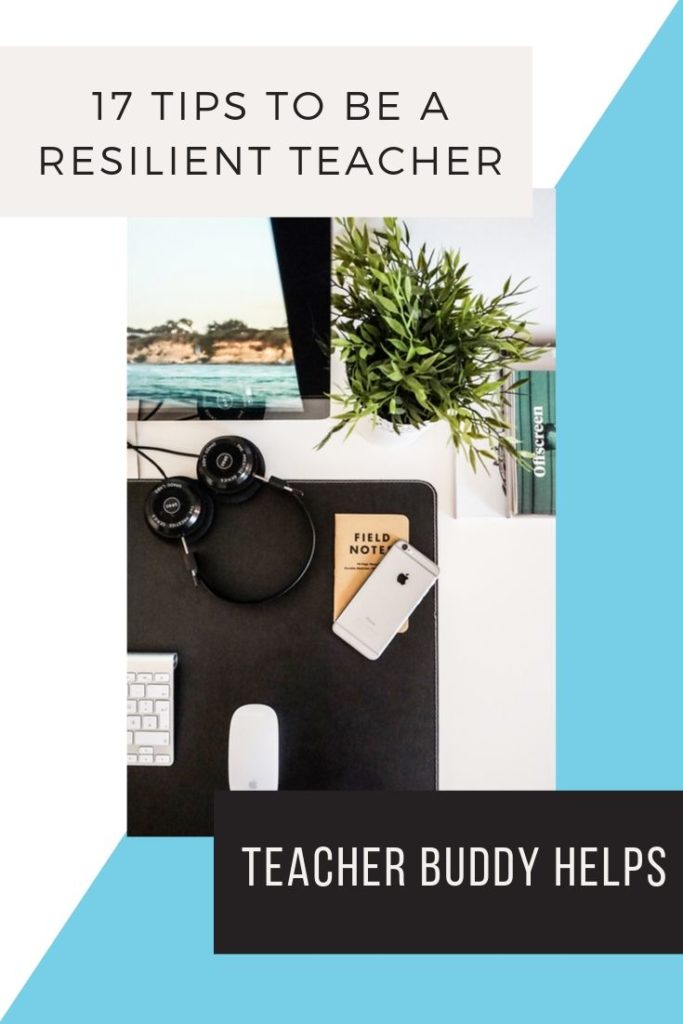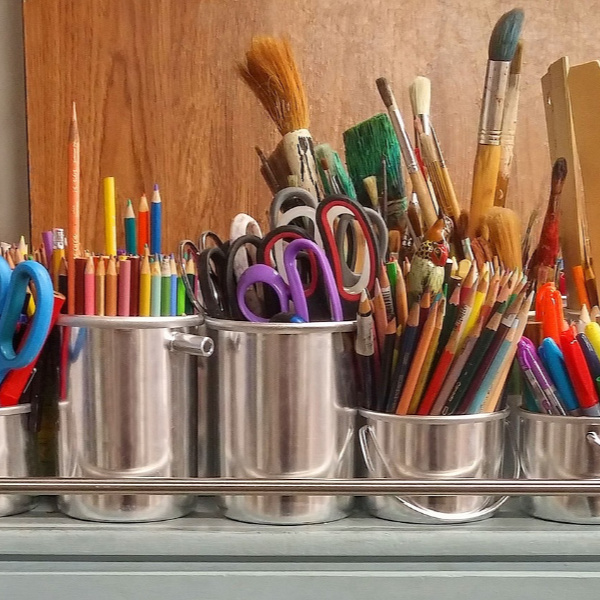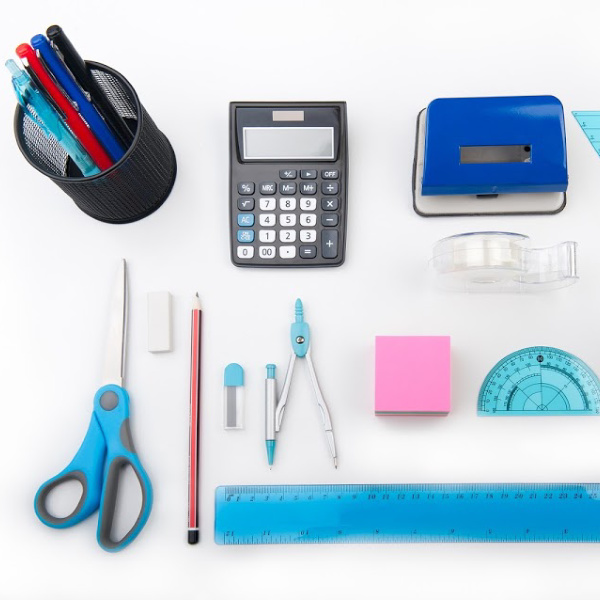My top 17 tips to be a resilient teacher!

When I began thinking about what makes a resilient teacher, I decided that it takes many different things; from taking care of yourself to being as prepared as you can be without running yourself ragged. Google defines resilient as “able to withstand or recover quickly from difficult conditions.” So here are some tips to be a resilient teacher.
And what could be more difficult than being a teacher!

17 tips to be a more resilient teacher
So, without further ado, here is the quick list. I will go in detail farther below.
- learn to adapt
- make and keep schedules
- don’t sweat the small stuff
- clean up the classroom
- write everything down (keep a list)
- plan ahead
- find a teacher friend (preferably in your grade level)
- move the students’ desks around
- switch things up in class
- do kind things for yourself
- use time saving tools
- find the right work/life balance
- let things go!
- don’t sweat the test (well not too much)
- keep things in perspective
- stay away from bullies
- let your students see you as a person
Now I will go through each item on the list and why it supports teachers being more resilient and thus should be something that new teachers embrace as they strive to hold their heads above water (so to speak).
1. Learn to adapt
So many times during each week that you teach, you have to adapt and switch gears, or reconsider a lesson, cutting it short, adapting to meet gaps in learning, handling the unexpected interruption, and on and on.
My hope for each of you is that you already had some experience with this during your student teaching. Learn to adapt and move on. If you don’t have experience with this, you will by the end of your second year. We adapt all day long.
2. Make and keep schedules
The only way you will be able to do all that you need to do to be an effective teacher is to make and keep schedules. This is to include your personal time as well. Find a calendar or planner that works well for you and USE IT REGULARLY. Some of you might prefer to use the scheduling tools on your smartphone, but I prefer a paper planner.

3. Don’t sweat the small stuff
I used to hear this all the time, and it would end with “and it’s all small stuff.” It sounds like a corny saying, but it makes sense when you compare your school worries with a major natural disaster hitting your home or the death of a loved one, or ON AND ON life events that are the BIG STUFF.
I’m not trying to say that teaching is not important. Of course you know I think it’s important!! But the day-to-day can be dealt with, there is always a solution. If worst comes to worst, STOP teaching and make them all put their heads down and be SILENT! You have my permission as a prior principal.
Now, I only actually did this about three times in my entire 17 years of teaching, but I needed it (which also means the students did too).
4. Clean up the classroom
There is something soothing about going around your classroom either at the end of the day or in the morning and straighten it up a bit. If you do this once or twice a week (along with have student jobs), you will be amazed at the sense of calm you get by knowing where things are and having it straightened. Give it a try!
**

If you’d like to read another article about organizing your classroom, you can also read:
How to Prepare Your Classroom Over Time and Still Enjoy Your Summer Break
5. Write everything down (keep a list)
This is probably my BIGGEST TIP that I wish young teachers would get into the habit of doing. This is so important that I write about it another article on this website. Make a list and continually update it. You can make one on a slip of paper, on a small whiteboard near your desk, on your smartphone, on a fancy list-making pad.
Whatever way you prefer, JUST DO IT!
Here is an article where I discuss using a list.
12 Things to Do To Survive Your First Year of Teaching
6. Plan ahead
You will never, ever regret getting into the habit of planning ahead. I was taught this strategy early on during my student teaching.
If you plan a week ahead then you are never scrambling to find things. You spend the current week’s extra moments preparing for the following
I wrote another article where I describe this in quite a bit of detail. You can read it here: Teacher Organization – How to Prepare & Stay Focused
7. Find a teacher friend (preferably in your grade-level)
It is so important to feel like you have a teacher friend that works at your school…and of course it would be even better if that friend is also in your grade-level. It just gives you someone to vent to and with, someone to share things with or get help from.
8. Move the students desks around.
This must seem like a weird item to list for resiliency, but it totally changes the vibe, dynamics and atmosphere in your class when you change the desks around. You can either just switch the students around in the desks that are already in their spots, or you can actually make a new desk arrangement in the class.
9. Switch things up in class
This item also goes with #8 above in that when you change things, there is a new vibe created in the classroom overall. Can you start an interactive Social Studies unit that you spend all day on for a week? One that would include Reading and Math activities. Just this little break in the routine will refresh both you and the students.
Something like this takes prior planning, which is why you really need to get into the habit of planning a week ahead!!!
10. Do kind things for yourself
Take a break now and then to join other staff in events or little happenings. Or join a friend or group of friends after work one day just to see each other.
11. Use time-saving tools
Search for and find time-saving tools that you will actually use. If you use your phone a lot and are fast at it, find some apps that will give you help. Or you can find a really cool planner and use it. There are so many organizational tools and time-

12. Find the right work-life balance
Plan fun local trips or events with your family or a close friend. Even getting to the zoo or a local park event! Have you ever watched a Little League game? They are so fun to watch! And it would be even better if it was one of your students’ games you were watching.
I’ve written two articles about some Inexpensive Weekend Get-Aways for Teachers. You can read it here.
13. Let things go!
Learn from Elsa! “Let it go!” I know if you teach primary grades or have children of your own that you know what I mean by that. If not, Elsa is the Ice Princess from Disney’s movie Frozen. One of the most famous songs the year the movie came out was “Let It Go!” Kids everywhere were singing it.
But I mean, “let go” of something that happens that there is nothing you can do about. If you are a few minutes late for recess duty (and you are religiously on time)…let it go, don’t spend all afternoon fretting that you were late this time….let it go.
14. Don’t sweat the test! (well, not too much)
If you’ve been teaching the standards up until the test, you have done most of what you need to do. When you begin to stress and feel over-whelmed about the testing, refer to #13 above, “Let it go!”
A while ago when I taught first-grade, our students took the state test also. I would get myself worked up in the fact that they were too young for testing and they were all at such different levels. It looks like the “powers that be” finally agree with me and other experts, since most testing now begins at third grade.
Anyway, I used to have my sweet little 6-year-old babies take the “Testing Pledge” before we began. I made it up! We started by having them stand up and hold up their right hand (like in court) and promise not to cry or get upset, to try their best and to make a guess if they didn’t know (that was before they started marking off for guessing).
This was after having two years in a row of having some of these little darlings start to cry during the test because it was too hard and they didn’t know what to do.
15. Keep things in perspective
Remember to keep things in perspective. Education is one of those fields where the pendulum swings back and forth every decade or so. If you’ve taught long enough, you see it happen.
When I taught a long time ago, they initiated a reading program (that everyone hated) called “whole language” and they basically removed the phonics programs from classrooms.
Well, I knew this was wrong, so I snuck in phonics for my little first-grade students anyway. I found my own resources and did it along with the “required curriculum.” And I’m glad I did.
They also had this pendulum swing when my mother was a child because she tells me she didn’t learn letter sounds that they taught them whole words to read.
So you see, this pendulum swing has gone on for years and will continue to. Just do what you know is good for kids and keep things in perspective.
You might be interested in a FREE list of 10 Ways to Impress your Principal. Click the link and fill in your email information, and I will Send It right over.
**
16. Stay away from bullies
It’s true for kids and it’s true for adults too. I don’t need to say more about this one.
17. Let your students see you as a person
We are all human; with our strengths, weaknesses, and flaws. And it’s ok to let your students see the human side of you. One year when I taught 6th grade I told my students that I didn’t feel well and asked them to behave. AND THEY DID! I was amazed! Well, not really (wink).
Well, now you’ve read my 17 tips for being a resilient teacher. Let me know what you think. Which one is your favorite? Which one surprised you?
Until Next Time,
Your Teacher Buddy






